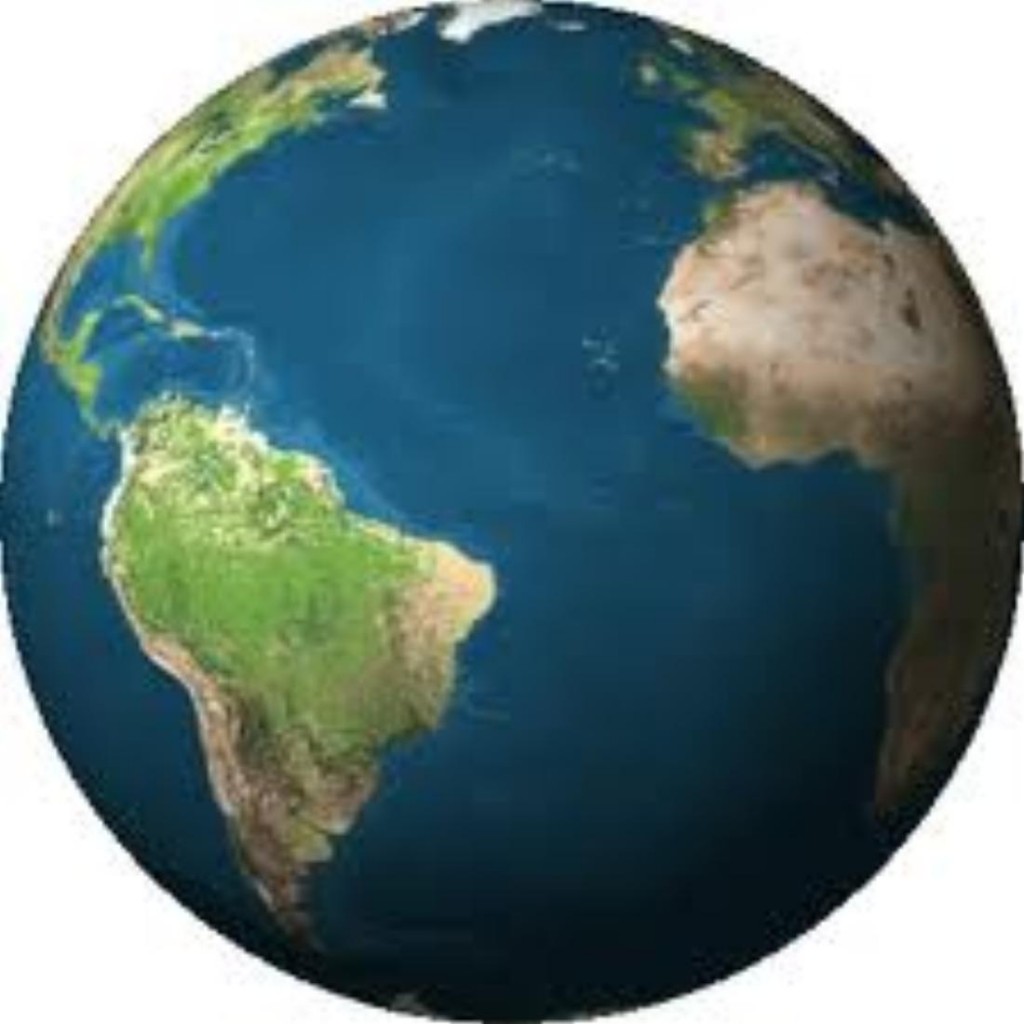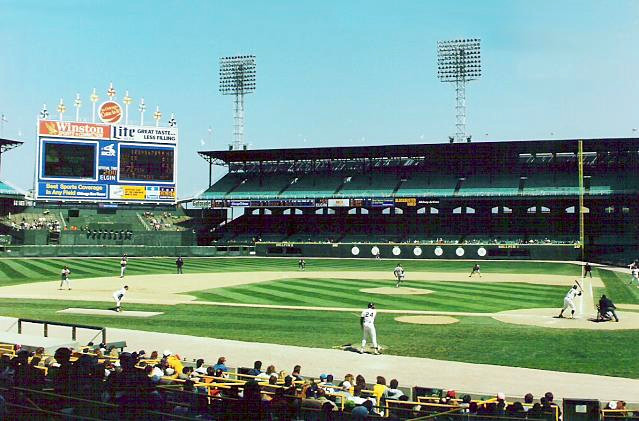With the end of the war, the struggle began to determine how to shape the peace. Wilson's ideas for the postwar world found opponents both abroad and at home.
THE FOURTEEN POINTS
Even before the war ended, President Wilson had presented his peace plan, known as the Fourteen Points, to Congress. He framed his plan in idealistic terms, saying he hoped to prevent future wars. The first five points dealt with the factors that led to the war. Wilson wanted to eliminate secret international agreements. He called for freedom of the seas, free trade among nations, and a sharp reduction to the world's military forces.
Points 6 thru 13 dealt with specific territorial issues arising from the war. Wilson wanted to turn a specific point from this section into a call for self-determination. Self-determination is the right of a group to decide its own form of government. Wilson knew that one of the causes of World War I was the struggle of different nations to rule themselves. He hoped self-determination would help to end that struggle.
For President Wilson, Point #14 was the most important. It called for setting up an international organization of nations to guarantee world peace. Wilson hoped this would help all nations to cooperate with one another, avoiding another war like World War I.
Click on the link below and write down two of President Wilson's points for the Fourteen Point Plan:
http://www.u-s-history.com/pages/h1324.html
PEACE CONFERENCE IN PARIS
The victorious allies organized a peace conference in Paris after the war.
Click on the link below to learn more about the peace conference:
(Make sure you scroll through all three pages of information)
One of the most important parts of the Peace Conference was the signing of the Treaty of Versailles. This treaty forced Germany to accept full responsibility for the war and to pay the Allies huge reparations. Reparations are payments to cover war damages. It also limited Germany's size and military.
THE LEAGUE OF NATIONS
Once he returned to the U.S., President Wilson urged the Senate to adopt the Treaty of Versailles. President Wilson backed the treaty's most controversial part- creating the League of Nations. The United States would use the League of Nations (which was the organization of nations Wilson had proposed in his Fourteen Points) to lead the world onto a new path.
Many Senators opposed the treaty. Leading the opposition was Henry Cabot Lodge, a powerful Republican from Massachusetts. Lodge's main objection was the proposal of the United States to join the League of Nations.
Lodge argued that membership in the League would restrict the right of the United States to act independently in its own interest.
Lodge asked for major changes that would reduce the United States ties to the League, but President Wilson refused to compromise.
Look at the political cartoon below, and explain what you think the cartoon means:

WILSON'S LAST BATTLE
In early September, Wilson set out on a nationwide tour to stir up public support for the League of Nations. Traveling 8,000 miles by train in three weeks, he gave 40 speeches across the country.
On October 2, Wilson suffered a massive stroke that paralyzed his left side. His wife and physician kept his illness a secret. From the White House sickbed, Wilson continued to reject all compromise on the treaty.
In November 1919, the Senate voted to reject the treaty. The United States would no longer be part of the League of Nations. This led to the League of Nations being very unable to settle the issues left behind from World War I.
POSTWAR TROUBLES
The United States did not easily adjust to the return of peace. The postwar years brought a variety of troubles.
Many Senators opposed the treaty. Leading the opposition was Henry Cabot Lodge, a powerful Republican from Massachusetts. Lodge's main objection was the proposal of the United States to join the League of Nations.
Lodge argued that membership in the League would restrict the right of the United States to act independently in its own interest.
Lodge asked for major changes that would reduce the United States ties to the League, but President Wilson refused to compromise.
Look at the political cartoon below, and explain what you think the cartoon means:

WILSON'S LAST BATTLE
In early September, Wilson set out on a nationwide tour to stir up public support for the League of Nations. Traveling 8,000 miles by train in three weeks, he gave 40 speeches across the country.
On October 2, Wilson suffered a massive stroke that paralyzed his left side. His wife and physician kept his illness a secret. From the White House sickbed, Wilson continued to reject all compromise on the treaty.
In November 1919, the Senate voted to reject the treaty. The United States would no longer be part of the League of Nations. This led to the League of Nations being very unable to settle the issues left behind from World War I.
POSTWAR TROUBLES
The United States did not easily adjust to the return of peace. The postwar years brought a variety of troubles.
INFLUENZA EPIDEMIC
|
Toward the end of the war, troop movements contributed to a worldwide
influenza epidemic. In the United States alone, the disease took more than
500,000 lives in 1918 and 1919. Worldwide, the epidemic killed more people
than had died all four years of the war.
|
LABOR UNREST
|
During the war, unions and businesses had cooperated to meet
production goals needed for the war. But peacetime brought high unemployment,
as soldiers came home to seek jobs. With prices rising, unions demanded for
higher wages, but they were not given what they wanted. In 1919, four million
laborers, 20 percent of the American workforce, went on strike.
|
RED SCARE
|
Many Americans feared that Communists, or “Reds” were behind the
labor unrest. After all, in Russia, Lenin had called for a worldwide workers’
revolution. From 1919 to 1920 a “Red
Scare,” or fear of Communist revolution, gripped the nation.
Many immigrants in America suspected of being communist were
deported, or returned to their home countries.
|



